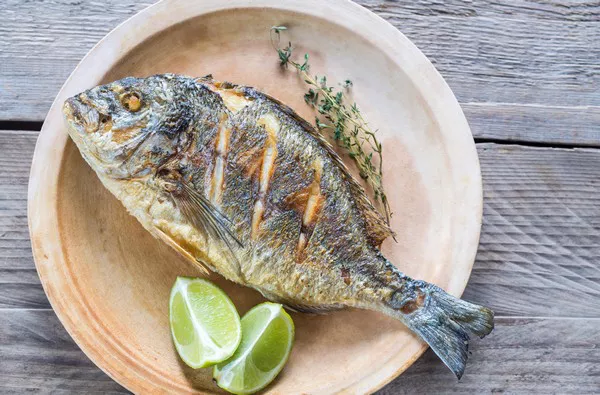As Christmas approaches, consumers face heightened costs for popular holiday items due to shipping bottlenecks and geopolitical conflicts. The repercussions of these challenges are evident in the surge in prices for various food products, leading consumers to explore local alternatives.
New analysis by KPMG Australia reveals significant price hikes in essential Christmas pantry items. Canned tuna prices have soared by 25% since July last year, frozen vegetables have seen an average increase of 18%, canned tomato prices rose by 12%, and canned beans experienced an 11% hike.
Peter Liddell, KPMG’s global supply chain leader, predicts that these elevated prices will persist throughout the Christmas season and into the summer of 2024. The ongoing challenges in international deliveries, exacerbated by conflicts in the Middle East and Europe, contribute to these elevated costs.
Liddell acknowledges that consumers are increasingly turning to local markets for fresh produce, providing an unexpected boon for local farmers and fishmongers. He notes that this shift could benefit local producers with simpler production chains and lower production costs.
Supply chain leaders are grappling with rising costs of raw materials on global markets, including oil and fertilizer, with more than 70% facing disruptions in order delivery times. Delays caused by drought have led to long queues for ships passing through the Panama Canal, impacting shipping logistics and increasing freight costs.
Despite the challenges, Liddell highlights improvements in supply chain planning since the COVID-19 pandemic, thanks to advancements in automation, robotics, data, and digitization. He urges governments to encourage further innovation and technological investments in ports and distribution networks to enhance the resilience of the Australian economy.
While some pain for consumers remains, food prices, although still high, have seen a slowdown in inflation among pantry staples over the past year. In the 12 months to September, food prices increased by 4.8%, down from a peak of 9.2% in December 2022. Meat and seafood prices are growing at an annual rate of 2.2%, down from a peak of 8.2%, while fruit and vegetable prices are on a decline.
Gus Dannoun, Sydney Fish Market’s head of quota and special projects, notes that seafood volumes have increased compared to the last financial year. Despite the challenging environment, seafood prices remain comparable, providing a positive outlook for the market. As the Sydney Fish Market prepares for the holiday rush, more than 100,000 customers are expected to buy approximately 350 tonnes of seafood, including an estimated 70,000 dozen oysters.
Dannoun highlights consumers’ preference for Australian products and the efforts made by retailers to label the origin of their goods. Although road freight services are improving to pre-COVID-19 levels, fewer freight flights into Sydney have impacted some delivery timelines.

